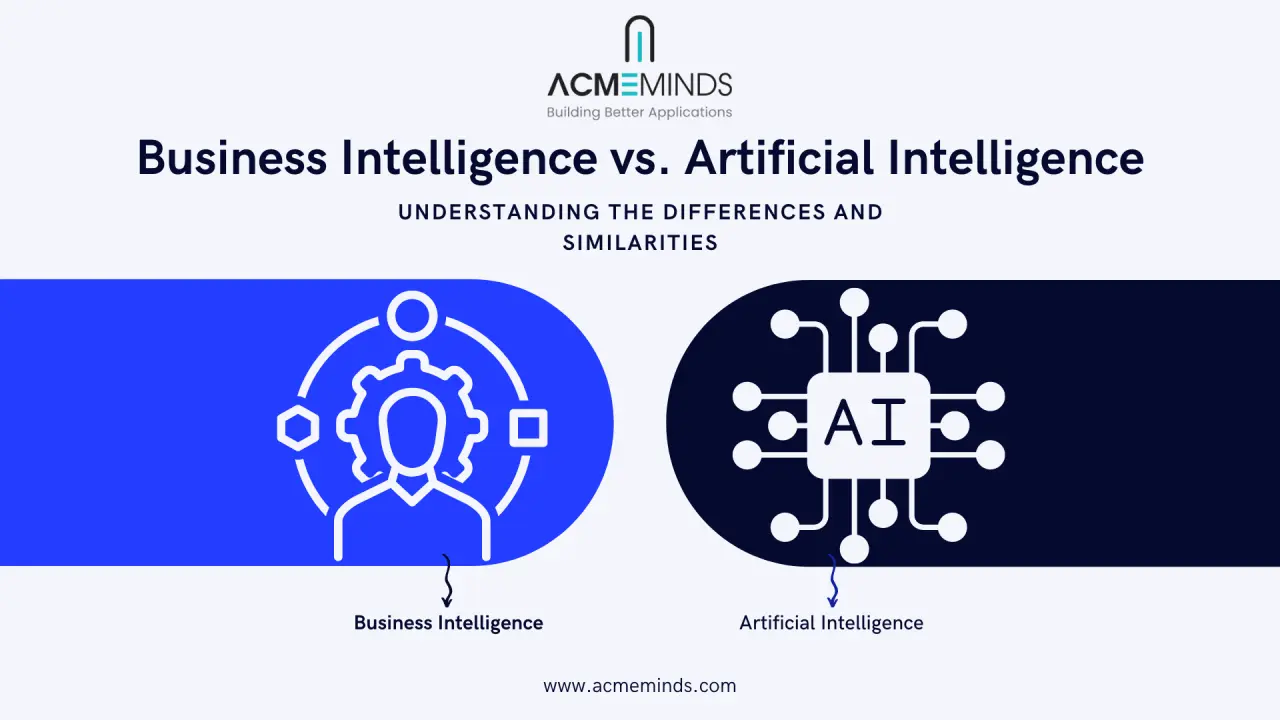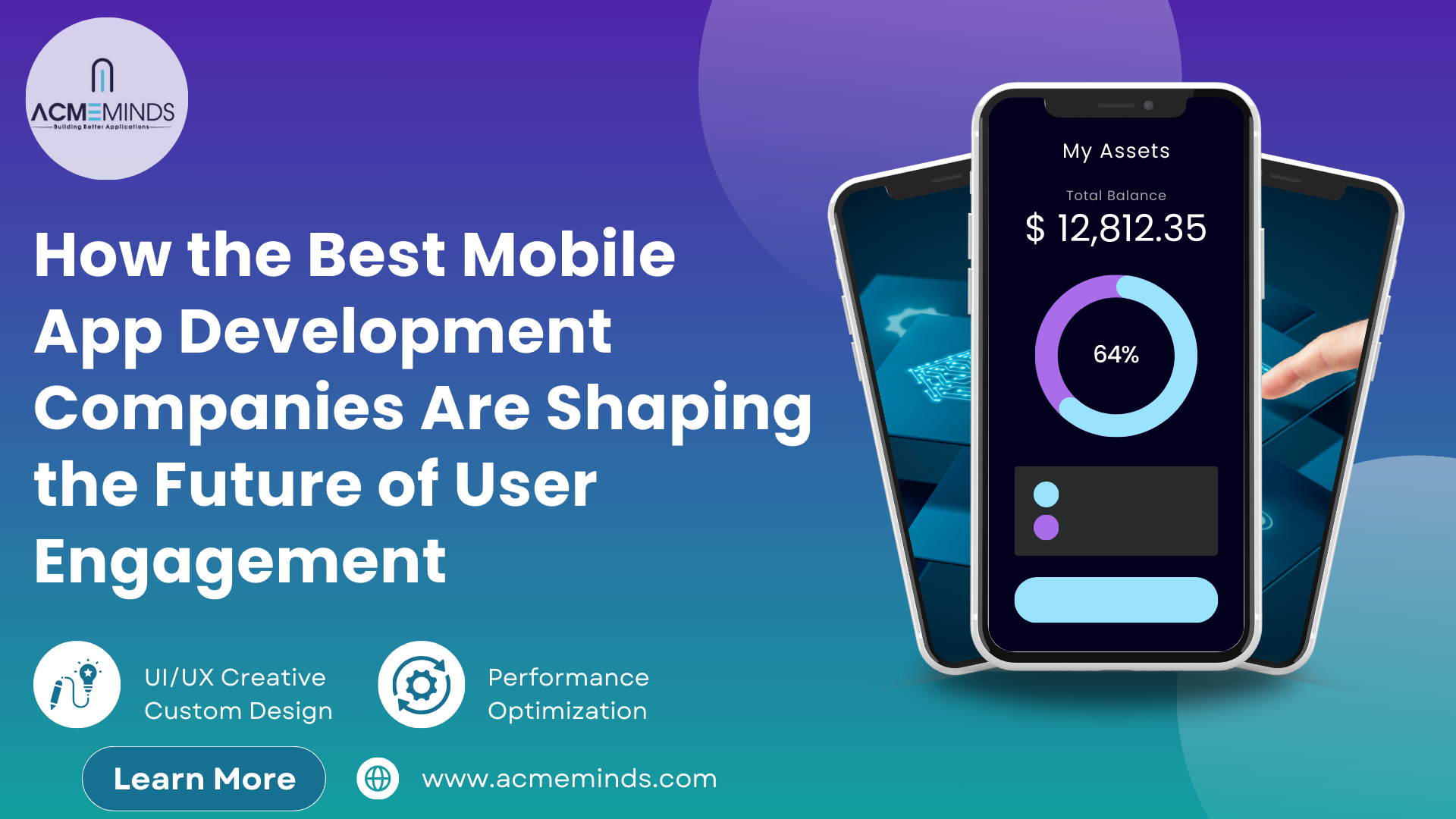Business Intelligence vs. Artificial Intelligence: Understanding the Differences and Similarities
Both Business Intelligence (BI) and Artificial Intelligence (AI) play pivotal roles in transforming raw data into actionable insights. However, understanding the differences and similarities between these two technologies is crucial for businesses looking to leverage their full potential.
Business Intelligence (BI) refers to the processes, technologies, and tools that transform raw data into meaningful and actionable insights. BI encompasses data mining, data visualisation, querying, and reporting. The primary goal of BI is to support better business decision-making. By analysing historical data, BI helps organisations identify trends, monitor business performance, and make informed strategic decisions. Common BI tools include Tableau, Power BI, and QlikView, which offer dashboards and reports for comprehensive data analysis.
Artificial Intelligence (AI), on the other hand, involves the simulation of human intelligence processes by machines, especially computer systems. AI includes machine learning (ML), natural language processing (NLP), and robotics. AI systems can learn from data, identify patterns, and make decisions with minimal human intervention. The aim of AI is not only to interpret data but also to predict future outcomes and automate complex processes. Technologies like IBM Watson, Google AI, and Microsoft Azure AI exemplify the advanced capabilities of AI.
Key Differences:
- Purpose: BI focuses on descriptive analytics, providing insights based on historical data. AI emphasises predictive and prescriptive analytics, using data to forecast future trends and recommend actions.
- Functionality: BI tools are typically user-driven, requiring human input to query data and generate reports. AI systems can operate autonomously, continuously learning from new data and improving their performance over time.
- Output: BI delivers static reports and visualisations that depict past and current states. AI offers dynamic models that can adapt and evolve, providing real-time predictions and automation.
Similarities:
Despite their differences, BI and AI share some common ground:
- Data Dependency: Both rely heavily on data. The quality and quantity of data significantly influence the effectiveness of BI and AI systems.
- Decision Support: Both technologies aim to enhance decision-making processes within organisations. While BI provides a clear picture of the past and present, AI offers foresight into future possibilities.
- Integration Potential: BI and AI can be integrated to create a powerful analytics ecosystem. AI can enhance BI by adding predictive analytics capabilities, while BI can help contextualise AI-driven insights within historical trends.
Conclusion:
In summary, BI and AI are complementary technologies that, when used together, can significantly enhance an organisation’s analytical capabilities. BI provides the foundation of understanding through historical data analysis, while AI pushes the boundaries by predicting future trends and automating decision-making processes. By harnessing the strengths of both BI and AI, businesses can achieve a more comprehensive, forward-looking approach to data analytics, driving smarter strategies and more efficient operations.
As organisations continue to navigate the data-driven world, understanding and leveraging the interplay between BI and AI will be crucial for sustained success and competitive advantage.



